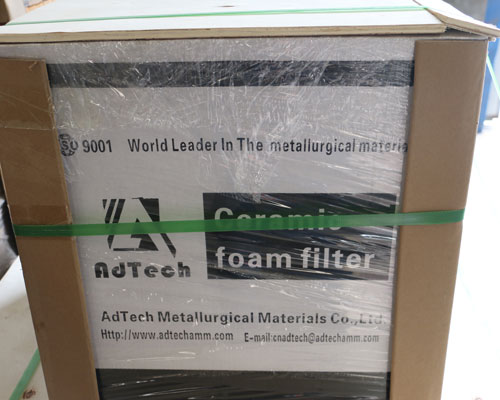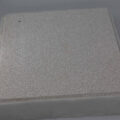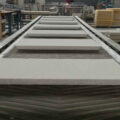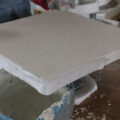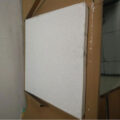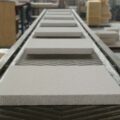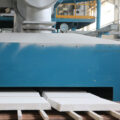Ceramic Foam Filter Price from China is not expensive to European aluminum factories, and the quality is stable. China’s Ceramic Foam Filter Factory can provide a stable supply cycle, said by Aluminum Sweden.
Aluminum Sweden said that Ceramic Foam Filter is very important for the purification of aluminum melt.
The so-called purification treatment is to adopt various measures to reduce the undesired gas and solid matter in the aluminum melt to the allowable range to ensure that the performance of the material meets the standard or some special requirements.
Filtration is to use filters to filter.
When the alloy solution flows through a filter with straight holes or a filter with three-dimensional mesh, the inclusions in the melt with a particle size larger than the mesh size are blocked by the filter, and the inclusions with a particle size smaller than the mesh size are blocked by the skeleton of the filter. And the inner surface of the channel is adsorbed.
When the alloy solution flows through the filter mesh and the inner channel, the flow rate is reduced and is divided into countless small liquid streams, which tends to be laminar, thereby increasing the chance and speed of floating.
With the continuous accumulation and precipitation of adsorbents, the mesh size of the filter becomes smaller, so the particle size of the inclusions that can be adsorbed also becomes smaller, thereby improving the filtering effect. Currently, the commonly used filters include glass fiber filters, ceramic plates, ceramic tubes, and foam ceramic filters.

Ceramic Foam Filter Price
Of course, the purification of aluminum melt is not only the use of Ceramic Foam Filter to filter inclusions, but also the adsorption and removal of H.
The principle of adsorption purification is to use the Degassing Unit to blow gases such as nitrogen, argon, mixed gas or add flux into the melt, through their reaction with the aluminum liquid, to obtain bubbles, and then use these small bubbles to absorb hydrogen during the floating process And inclusions, and brought to the liquid surface to achieve degassing and slag removal. The purification effect of the melt is related to the volume V of the molten aluminum, the bubble radius R, the original hydrogen concentration Co of the molten aluminum, the hydrogen concentration Cp at the interface of the molten aluminum-hydrogen bubble, the mass transfer coefficient B of hydrogen in the molten aluminum, and the ventilation per unit time The consumption Q of the gas, the thermal expansion coefficient K after the gas is passed into the molten aluminum, and the time for the bubble to rise to the liquid level: it is related to the ventilation time.

